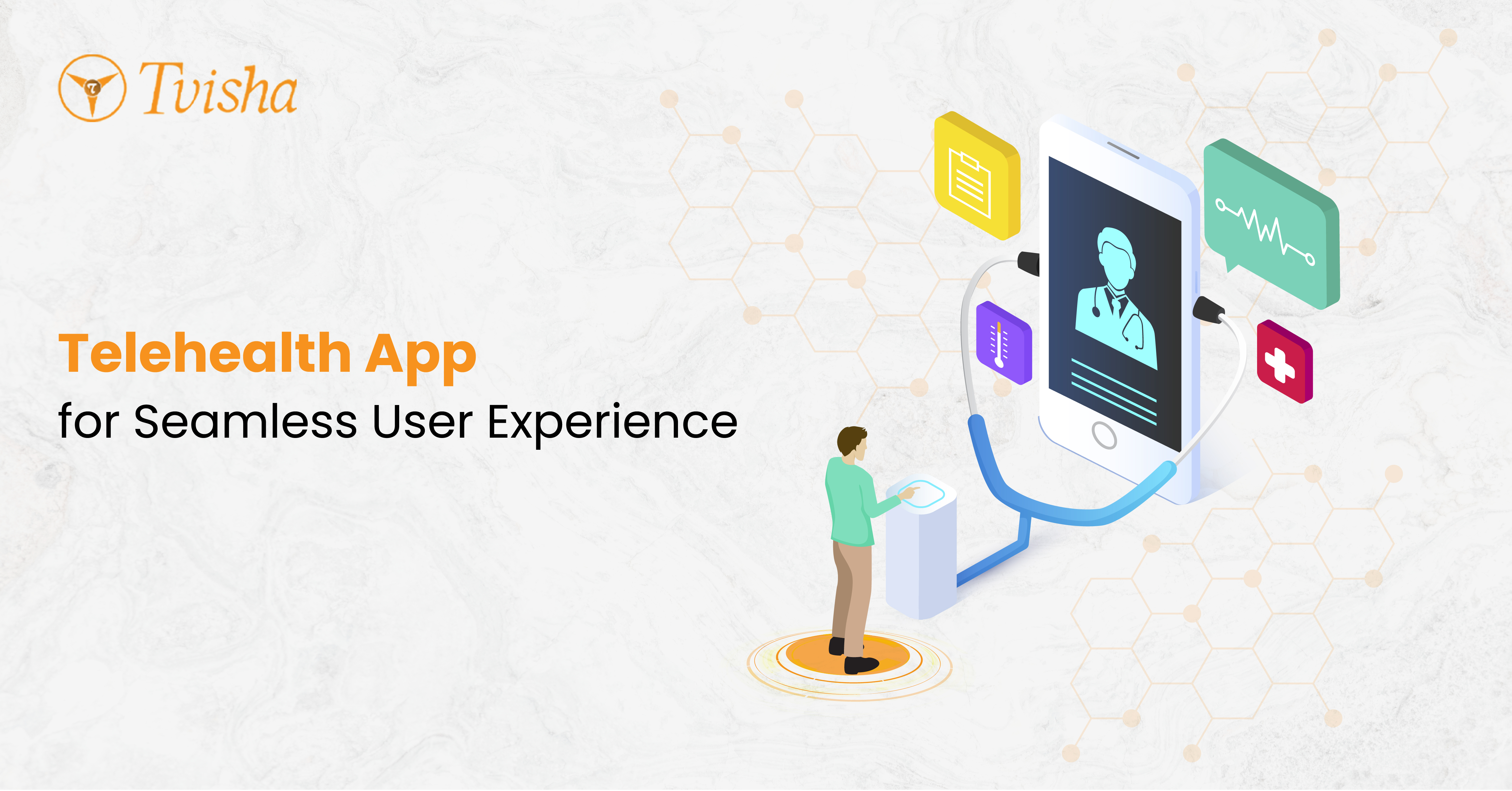
Top Features to Include in a Telehealth App for Seamless User Experience
The world of healthcare is rapidly evolving, and telehealth apps are at the forefront of this transformation. As more people seek convenient and accessible medical care, the demand for robust telehealth solutions grows. Hence, when considering telehealth app development services, focusing on features that enhance user experience and streamline healthcare delivery is crucial.
1. Intuitive User Interface and Navigation
The foundation of any successful app lies in its user interface (UI) and navigation. This is particularly crucial for telehealth apps, as users may be feeling unwell or stressed when accessing the platform.
A clean, uncluttered design with a calming color scheme sets the tone for a positive user experience. Large, easy-to-read buttons, text, clear labeling, and intuitive icons ensure users can navigate the app effortlessly. Equally important is simplifying the registration and login process, reducing barriers to entry for new users. Additionally, incorporating accessibility features for users with disabilities ensures that your app is inclusive and usable by all.
Remember, your app might be used by people of all ages and tech-savvy levels. A straightforward, user-friendly interface ensures that everyone can navigate the app easily, reducing frustration and improving overall user satisfaction.
2. Secure Video Conferencing
The heart of any telehealth app is its video conferencing capability. This feature allows patients to have face-to-face consultations with healthcare providers from their homes.
A robust video conferencing system should offer high-quality audio and video capabilities, ensuring clear communication between patients and providers. End-to-end encryption is essential for maintaining patient privacy and complying with healthcare regulations.
Consider including features like screen sharing, which allows healthcare providers to review test results or medical images with patients in real-time. Multi-participant calls are another feature that will be valuable for family consultations or when specialist input is needed.
To accommodate users with varying internet speeds, include fallback options such as an audio-only mode for low-bandwidth situations. By ensuring a stable and secure video connection, you not only facilitate effective communication but also help build trust between patients and healthcare providers in a virtual setting.
3. Appointment Scheduling and Management
A seamless appointment booking system is crucial for both patients and healthcare providers. It should be easy to use and integrate with existing calendars and scheduling systems. Some worthwhile features to include are:
- Real-time availability of healthcare providers
- Option to choose between video, phone, or in-person consultations
-
Automated reminders via push notifications, SMS, or email
- Easy rescheduling and cancellation options to accommodate changes in patients' schedules
- Integration with popular calendar apps (Google Calendar, Apple Calendar, etc.)
By streamlining the scheduling process, you can significantly reduce no-shows, help patients stay on top of their healthcare appointments, and help healthcare providers manage their time more effectively.
4. Secure Messaging and Chat Support
Sometimes, patients may have quick questions that don't require a full video consultation. A secure messaging system allows for efficient communication between patients and healthcare providers.
Implement a HIPAA-compliant messaging platform that securely exchanges text messages, images, and documents. Consider incorporating an automated chatbot to handle common queries and initial triage. This can help address simple concerns quickly and direct patients to the appropriate resources or care level.
You should also include message status indicators (sent, delivered, read) to inform users about their communication progress. Likewise, offering the ability to set up auto-responses for out-of-office hours ensures that patients always receive timely information.
Put simply, a secure messaging and chat support system improves patient care while reducing the workload on healthcare providers by efficiently addressing simple concerns.
5. Electronic Health Records (EHR) Integration
Integrating your telehealth app with existing EHR systems is crucial for providing comprehensive care. It allows healthcare providers to access patient histories, medication lists, and test results during virtual consultations.
Ensure seamless integration with major EHR platforms and implement real-time syncing of patient data to keep information up-to-date. You must also allow healthcare providers to update records during or after teleconsultations, maintaining accurate and current patient information.
Implement secure access controls to protect sensitive information, ensuring only authorized personnel can view and modify patient records. Consider allowing patients to view parts of their health records to promote transparency and engagement in their healthcare journey.
EHR integration ensures continuity of care and helps healthcare providers make informed decisions, even in a virtual setting.
6. Prescription Management
The ability to prescribe medications remotely is a critical component of telehealth services. Your app should facilitate this process while ensuring patient safety and regulatory compliance. Here are some essential features to consider:
- E-prescribing capabilities integrated with local pharmacies for seamless prescription fulfillment.
- Medication interaction checker to help prevent potential adverse reactions.
- Prescription renewal requests and approvals to streamline the process for both patients and providers.
- Dosage and side effect information to help patients stay informed about their medications.
- Prescription history and adherence tracking to aid in monitoring patient compliance with treatment plans.
A robust prescription management system improves patient convenience, helps prevent medication errors, and improves adherence to treatment plans.
7. Secure Payment Processing
As telehealth services often involve payments, integrating a secure and user-friendly payment system is crucial for enhancing the user experience.
At its most basic, a payment processing system should handle various aspects of billing and insurance claims. Hence, it offers multiple payment options, including credit cards and digital wallets, to accommodate user preferences. You should also Implement insurance information storage and verification to streamline the billing process.
Provide transparent pricing and cost estimates to help patients understand their financial responsibilities upfront. Automate billing and invoicing processes to reduce administrative burden and ensure timely payments. Additionally, it provides secure storage of payment information to protect user data and build trust.
A smooth payment process reduces friction in the user experience and ensures that healthcare providers receive timely compensation for their services.
8. Remote Patient Monitoring
Remote monitoring can be a game-changer for patients with chronic conditions or those recovering from surgery. This feature allows healthcare providers to track patient vitals and symptoms from afar.
- Integration with wearable devices and health monitors
- Real-time data transmission and analysis
- Customisable alert thresholds for different conditions
- Trend visualization for both patients and providers
- Automated check-ins and symptom surveys
Remote patient monitoring has been proven to improve patient outcomes. By catching issues early it also helps prevent unnecessary hospital visits.
9. Multi-language Support
In our diverse society, offering multi-language support can significantly broaden the reach of your telehealth app. This feature ensures that language barriers don't prevent access to quality healthcare.
Implement interface translation into multiple languages, allowing users to navigate the app in their preferred language. Also, consider offering real-time translation during video consultations to facilitate communication between patients and providers who speak different languages. Moreover, it provides localized health information and resources, considering cultural nuances and health practices.
Catering to diverse linguistic needs can make your app more inclusive and accessible to a broader patient population.
10. Robust Analytics and Reporting
For healthcare providers and administrators, comprehensive analytics are crucial for informed decision-making and enhancing service delivery. When adding an analytics and reporting feature into your app, some of the critical elements you need to include are:
- Patient demographics and usage patterns
- Consultation duration and frequency analytics
- Patient satisfaction scores and feedback analysis
- Provider performance metrics
- Health outcome tracking for telehealth interventions
These insights can aid in resource allocation and pinpoint areas for improvement. They also showcase the value of telehealth services to stakeholders, ultimately leading to better patient care and operational efficiency.
Conclusion
Incorporating the top features outlined above will allow you to develop a platform that meets the basic requirements of remote healthcare delivery and exceeds user expectations.
Remember, the key to a successful telehealth app is its ability to seamlessly connect patients with healthcare providers while ensuring security, efficiency, and ease of use. Therefore, as you develop your telehealth app, keep these features in mind and stay open to innovation and user feedback. Also, pay attention to user experience. By doing so, you'll be able to create a tool that makes a real difference in people's lives.
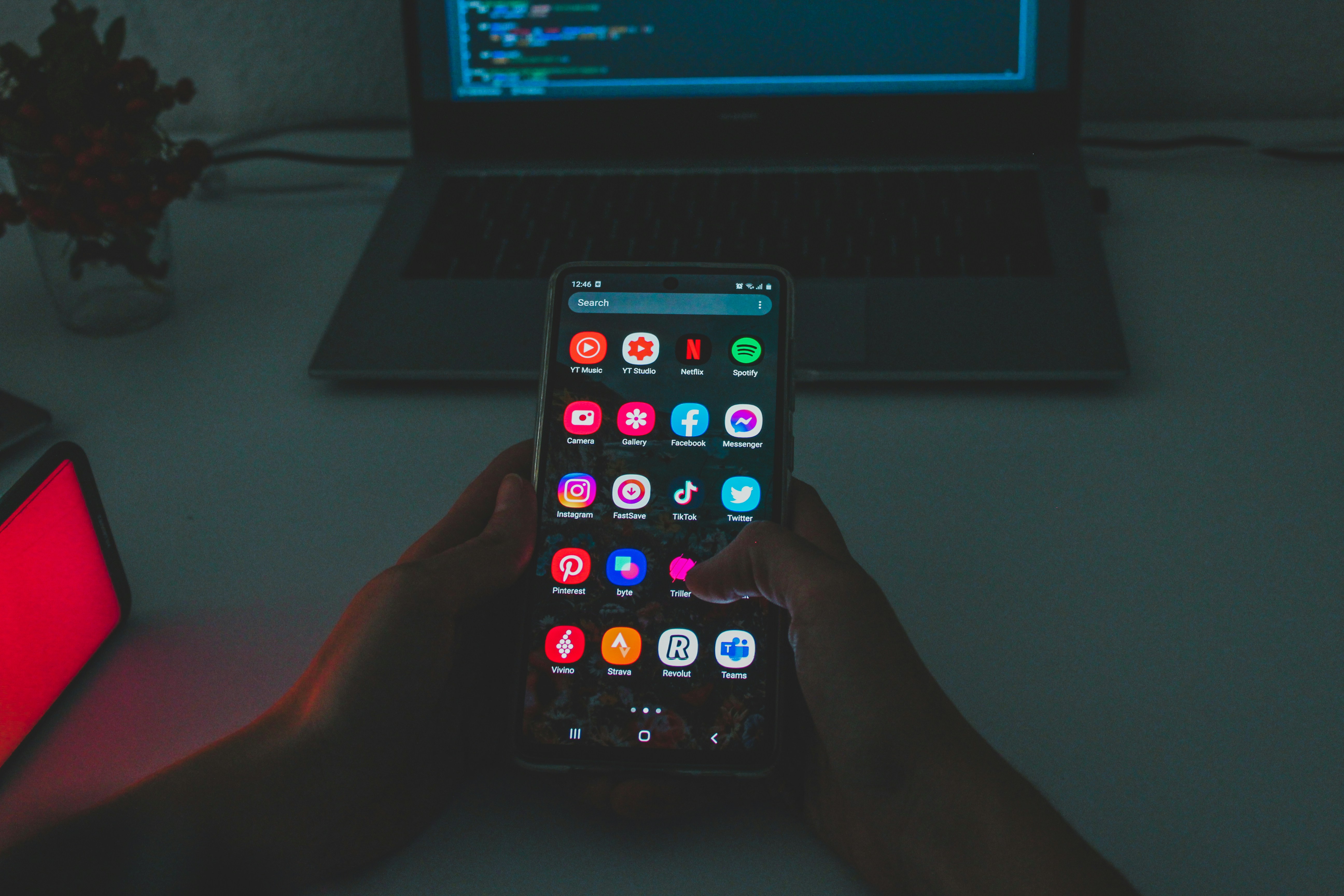

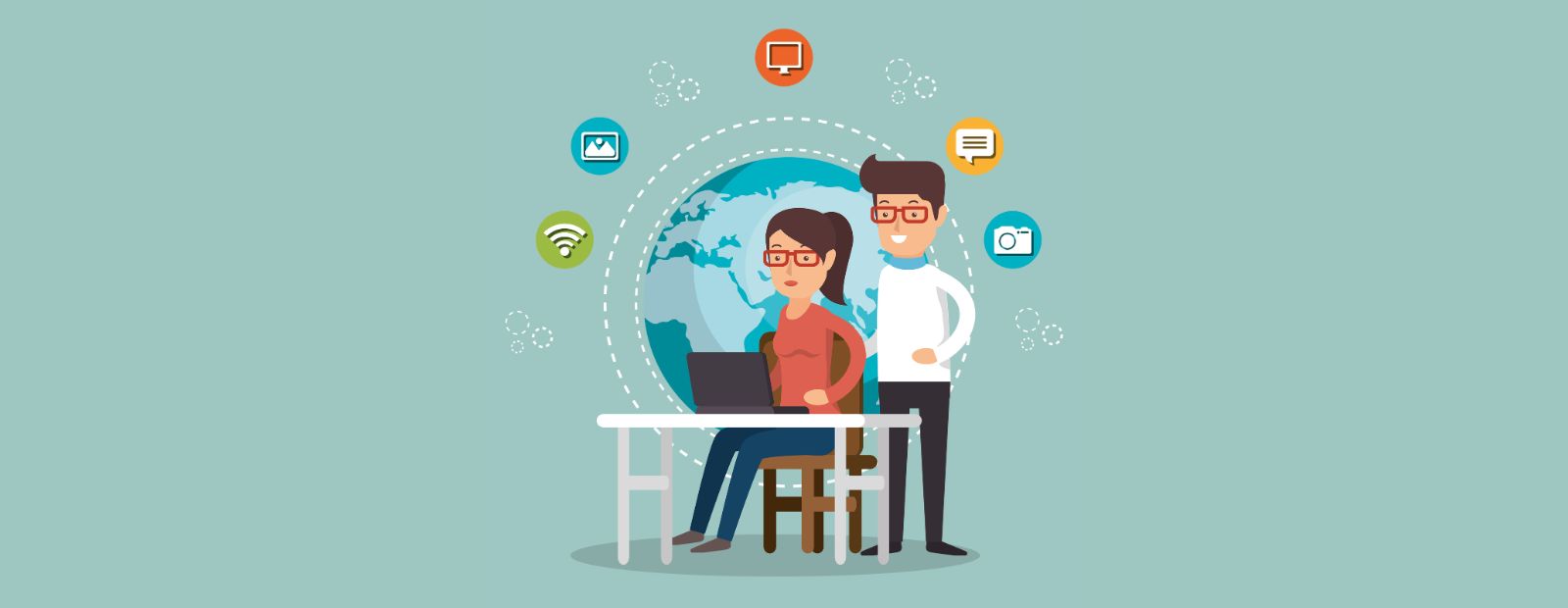
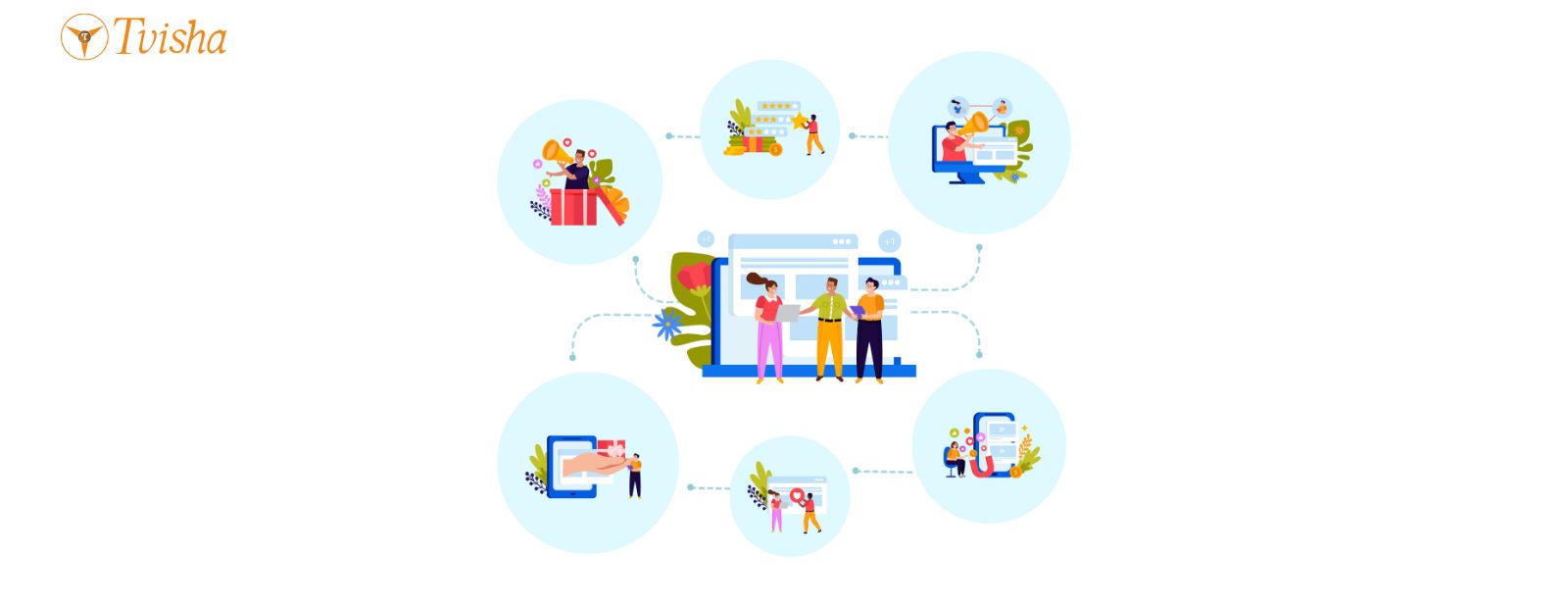
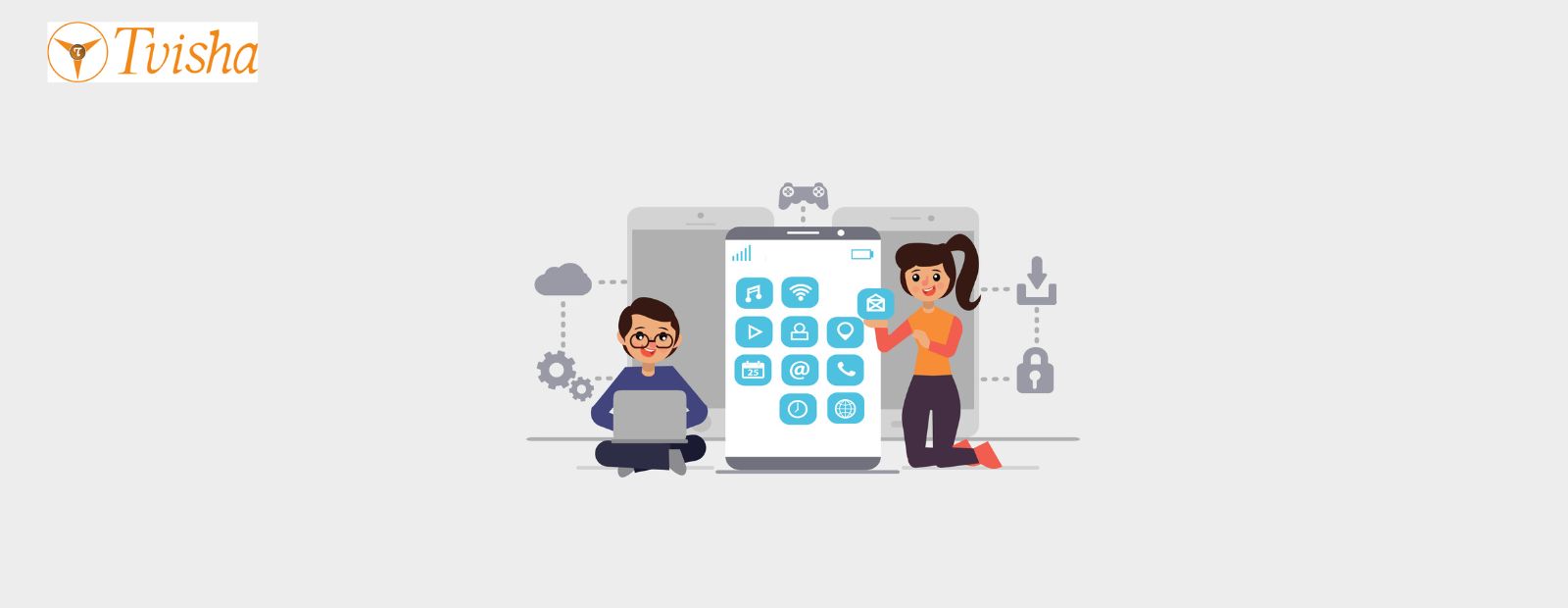








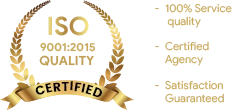


 Whatsapp
Whatsapp
 Email
Email


